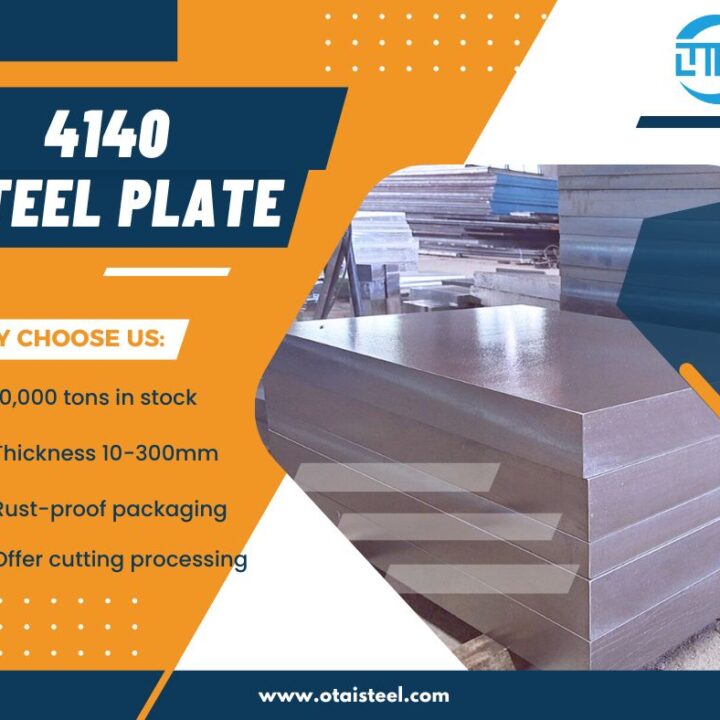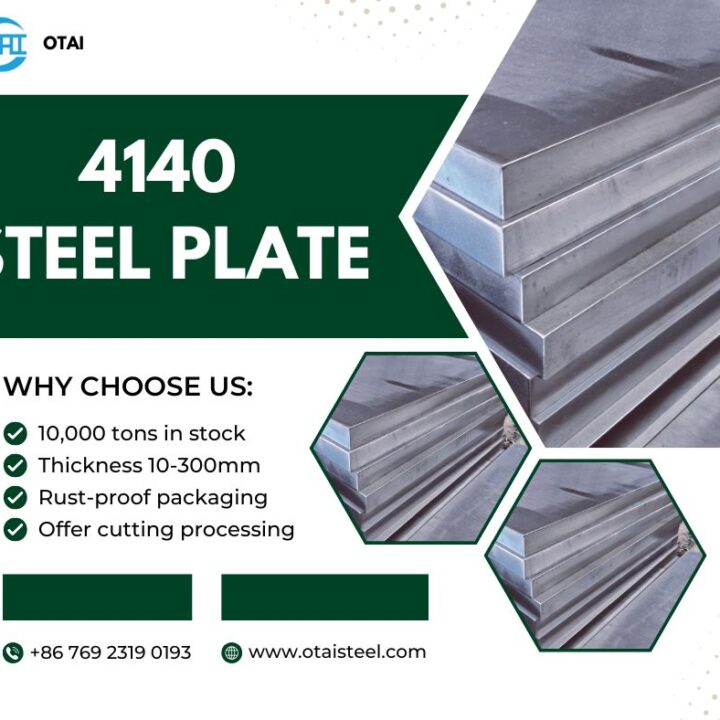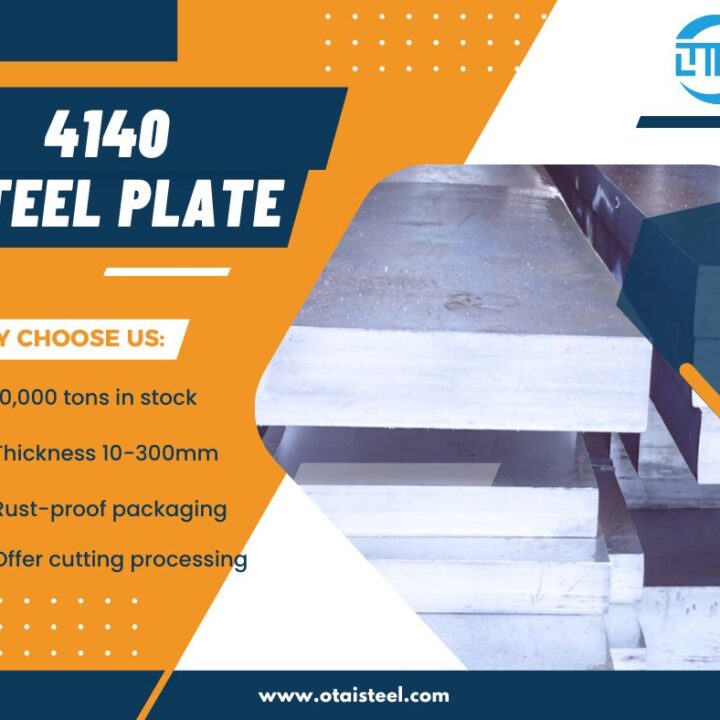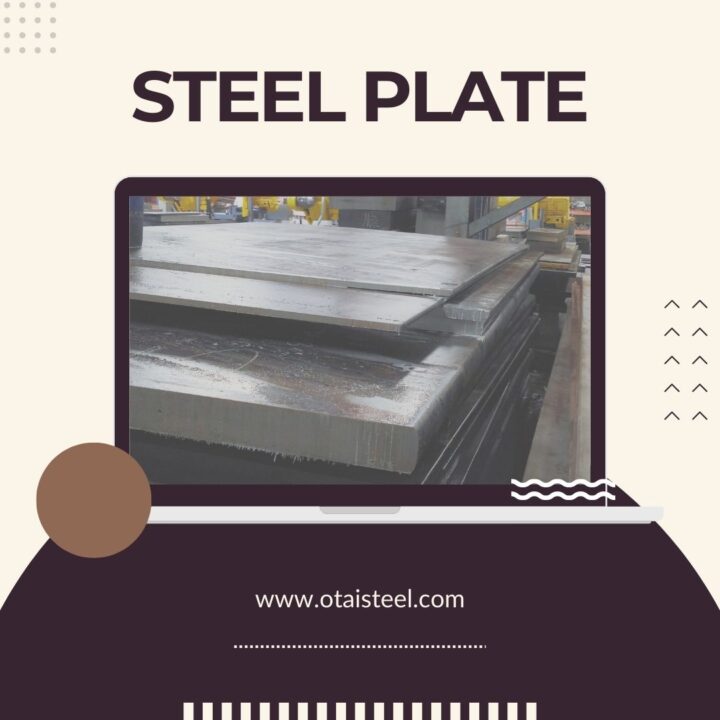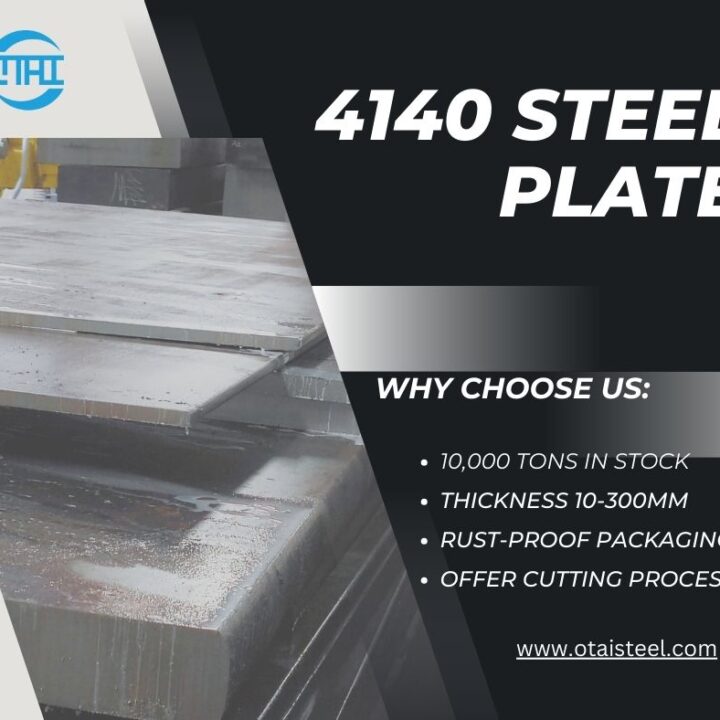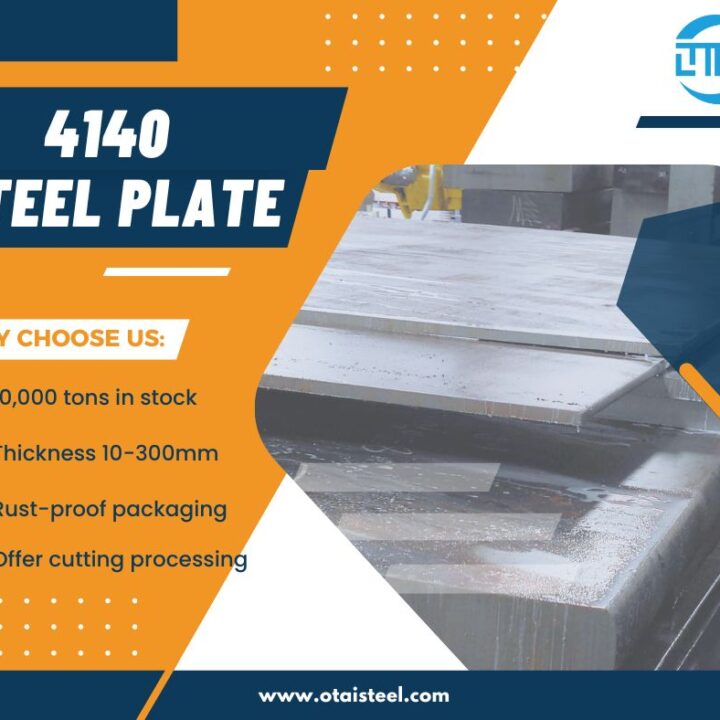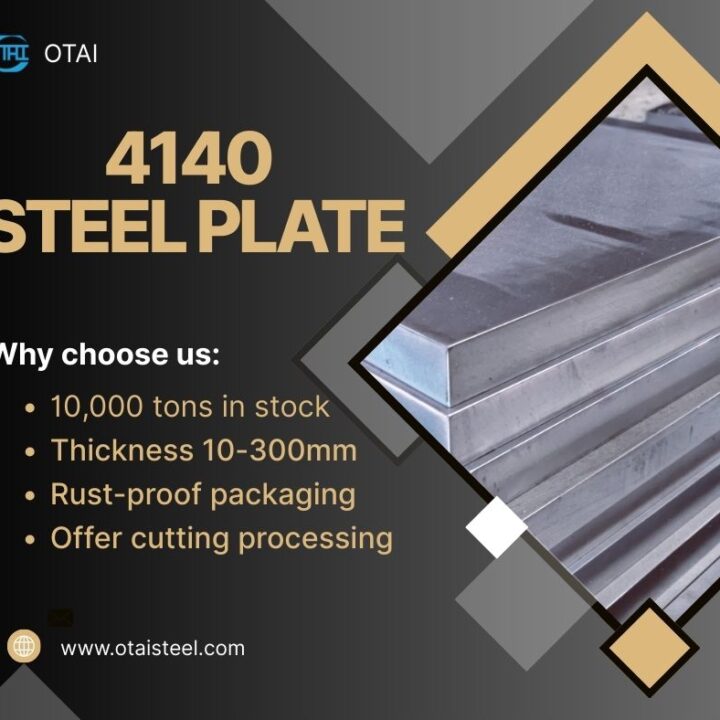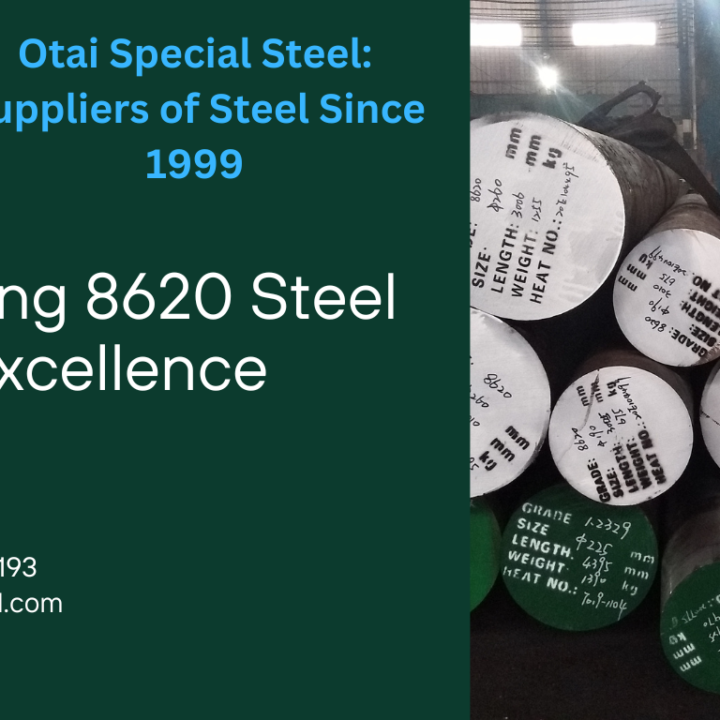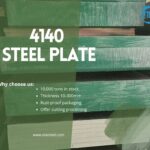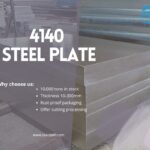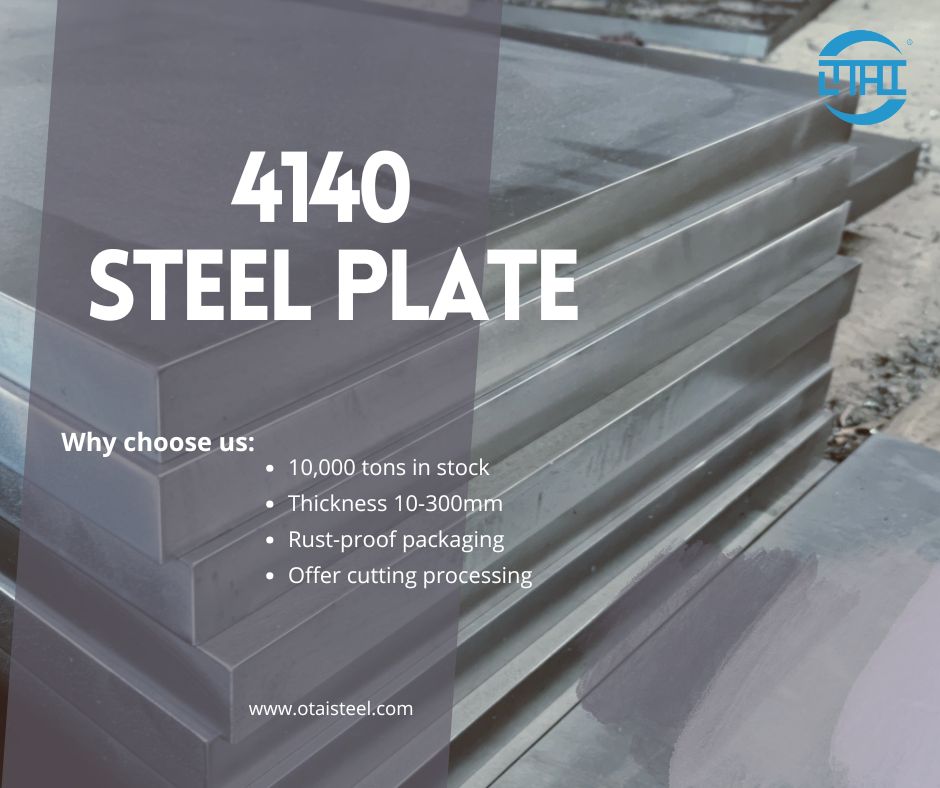 ASTM Standard for 4140 Steel: Understanding Quality and Specifications
ASTM Standard for 4140 Steel: Understanding Quality and Specifications
4140 steel is one of the most commonly used alloy steels in the industrial sector, known for its excellent strength, toughness, and wear resistance. However, to ensure that 4140 steel meets the required performance standards for various applications, it must adhere to specific guidelines and specifications. One of the most widely recognized standards for 4140 steel is set by ASTM (American Society for Testing and Materials). In this article, we will explore the ASTM standard for 4140 steel, its key specifications, and why it’s essential for manufacturers and engineers.
🌟 What is ASTM?
ASTM (formerly known as the American Society for Testing and Materials) is an international standards organization that develops and publishes voluntary consensus technical standards for a wide range of materials, products, systems, and services. ASTM standards are critical for ensuring the quality, safety, and reliability of products across various industries, including manufacturing, construction, and transportation.
For 4140 steel, ASTM sets specific standards that govern its composition, mechanical properties, heat treatment, and testing to ensure that the material meets the needs of its intended applications.
🔧 ASTM Standard for 4140 Steel: Key Specifications
The ASTM standard for 4140 steel is ASTM A829 (Standard Specification for Alloy Steel Plate, Carbon Steel Plate, and Alloy Steel Bar for Structural Use). This standard outlines the chemical composition, mechanical properties, and heat treatment guidelines for 4140 steel to ensure its suitability for various demanding applications.
1. Chemical Composition (ASTM A829 for 4140 Steel)
The chemical composition of 4140 steel plays a significant role in its mechanical properties and overall performance. The key elements in 4140 steel are carbon (C), chromium (Cr), molybdenum (Mo), and manganese (Mn), which contribute to its strength, hardness, and resistance to wear.
| Element | Min % | Max % |
|---|---|---|
| Carbon (C) | 0.38 | 0.43 |
| Chromium (Cr) | 0.80 | 1.10 |
| Molybdenum (Mo) | 0.15 | 0.25 |
| Manganese (Mn) | 0.60 | 0.90 |
| Silicon (Si) | 0.20 | 0.35 |
These alloying elements give 4140 steel its excellent strength, toughness, and wear resistance. The precise control of these elements ensures that 4140 steel meets performance requirements across a variety of industries.
🌍 Mechanical Properties of 4140 Steel According to ASTM
The ASTM standard for 4140 steel also outlines its mechanical properties, which include tensile strength, yield strength, elongation, and hardness. These properties determine how well 4140 steel can withstand stress, wear, and impact in different applications.
| Property | Value |
|---|---|
| Tensile Strength | 850–1000 MPa |
| Yield Strength | 600–900 MPa |
| Elongation | 20–30% (depending on heat treatment) |
| Hardness (HRC) | 28–35 HRC |
| Impact Toughness | High resistance to impact and fatigue |
These properties ensure that 4140 steel is a versatile material suitable for high-stress environments where strength, toughness, and wear resistance are crucial.
🌡️ Heat Treatment Requirements for 4140 Steel
The ASTM A829 standard also specifies heat treatment guidelines for 4140 steel to achieve the desired mechanical properties. Heat treatment processes such as quenching and tempering are critical to improving the steel’s strength, hardness, and wear resistance.
-
Quenching: This process involves heating the steel to a high temperature (typically around 850°C to 900°C) and then cooling it rapidly in water or oil. Quenching hardens the steel, making it stronger but less ductile.
-
Tempering: After quenching, 4140 steel is typically tempered at a lower temperature (around 400°C to 650°C) to reduce brittleness and improve toughness while maintaining a balance between strength and ductility.
By following the correct heat treatment processes, 4140 steel can achieve its full mechanical potential, making it suitable for demanding applications such as machinery parts, gears, and automotive components.
🏗️ Applications of ASTM A829 4140 Steel
The properties of 4140 steel that are specified in the ASTM standard make it suitable for a wide range of applications in various industries. Here are some common uses:
| Industry | Applications | Reason for Use |
|---|---|---|
| Automotive | Axles, gears, crankshafts, suspension parts | Strength and durability under high stress and impact |
| Aerospace | Landing gear, aircraft components | Toughness and wear resistance in critical flight components |
| Heavy Machinery | Machine parts, industrial components | Wear resistance and ability to withstand high loads |
| Oil and Gas | Drill rods, downhole tools, valves | Resistance to fatigue and corrosion in high-pressure environments |
🏆 Why Choose Otai Special Steel for ASTM A829 4140 Steel?
Otai Special Steel offers ASTM A829 4140 steel with several advantages:
-
Large Inventory: We maintain over 10,000 tons of steel in stock, ensuring fast delivery for your specific requirements.
-
Customization: We provide cutting, heat treatment, and packaging services to meet your specific needs.
-
Quality Assurance: All of our 4140 steel products meet ASTM A829 standards, with strict quality control including chemical composition analysis, hardness testing, and ultrasonic testing.
-
Global Expertise: With years of experience in the steel industry, we provide reliable, durable materials to clients worldwide.
❓ FAQ: Common Questions About ASTM A829 4140 Steel
Q1: What is the significance of the ASTM A829 standard for 4140 steel?
A1: The ASTM A829 standard ensures that 4140 steel meets specific chemical, mechanical, and heat treatment requirements. This guarantees consistent performance in high-stress applications, ensuring the material’s strength, toughness, and wear resistance.
Q2: How does the ASTM standard affect the quality of 4140 steel?
A2: By adhering to the ASTM A829 standard, manufacturers ensure that 4140 steel has the correct chemical composition and mechanical properties for demanding applications. This improves the material’s overall reliability, making it suitable for critical industrial uses.
Q3: Can 4140 steel be used in corrosion-resistant applications?
A3: While 4140 steel has good wear resistance, it does not have the corrosion resistance of stainless steel. For corrosion-resistant applications, additional coatings or heat treatments (like galvanizing) may be necessary to protect 4140 steel from environmental factors.

